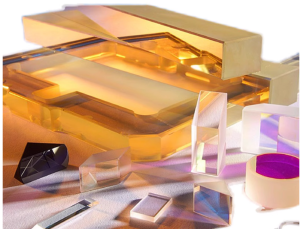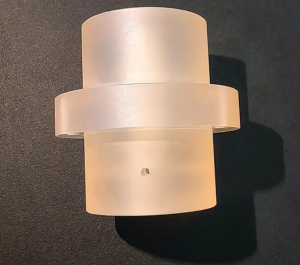Advantages and disadvantages of visual navigation and laser navigation in the filter of intelligent obstacle avoidance and sweeping robot, With the breakthrough of smart computer A technology and the decrease in the cost of central components in smart home appliances, more and more intelligent devices are entering people’s home lives. Intelligent sweeping robots are representative service intelligent robots, and in recent years, their prices have further declined and have achieved explosive development. The busy pace of urban life has made the simplest sweeping a burden on people’s lives. The demand for sweeping robots lies in liberating the busy urban population, freeing hands with intelligent methods, and seeking a higher quality of life.
Intelligent obstacle avoidance and sweeping robots use laser scanning to understand and perceive the environment and their own position while working. Mainly using infrared sensor detection technology, ultrasonic biomimetic detection technology, visual recognition technology, and semi wrapped anti-collision buffer plate technology to achieve obstacle avoidance.

The current mainstream mature path planning technologies for intelligent obstacle avoidance and sweeping robots include visual navigation (VSLAM) and laser navigation (Lidarslam). Their advantages and disadvantages are as follows:
The VSLAM for visual navigation mainly obtains information through two kinds of visual sensors. One is the depth camera, which realizes three-dimensional space perception through distance measurement. It is also regarded as a distance measurement sensor, belonging to the active light source distance measurement sensor, including structured light and phase τ There are two types of oF. The second is a binocular, multi eye, and fish eye navigation sensor, which is a non active light source sensor with a working mechanism similar to the human eye. Based on the principle of triangulation ranging, the distance information is calculated by analyzing the differences in the images collected by the two sensors.
In terms of performance, laser navigation solutions are superior to visual navigation solutions. Currently, laser navigation solutions account for a very high proportion of high-end sweeping robots in the market, as they can provide a good user experience due to their fast mapping speed, high accuracy, and low lighting requirements. There are also many manufacturers applying visual navigation solutions to their flagship machines. Due to their low cost and high potential, combined with the iteration of artificial intelligence algorithms such as image recognition, it can improve the speed and accuracy of mapping, achieve automatic obstacle avoidance, and even build dynamic maps to avoid dynamic obstacles.
When working with LiDAR, the most directly related algorithm is the SLAM algorithm, which mainly solves the perception of the surrounding environment and its own position by the sweeping robot. With the SLAM algorithm, sweeping robots can build real-time environmental maps of their surroundings through LiDAR and locate themselves in real-time based on their movements. With this data, they can achieve autonomous navigation and positioning. During work, the “eyes” of the sweeping robot ˆ Always staring around. Each machine has a LiDAR module at the top, which rotates and emits lasers during operation to scan the surrounding terrain. The intelligent sweeping robot has achieved infrared obstacle avoidance and automatic sweeping functions. Intelligent obstacle avoidance is equipped with video cameras on the basis of laser navigation, and combined with backend algorithms, it can identify items (including dynamics) and actively avoid obstacles; The rest of the products adopt the solution of infrared detection and buffer anti-collision board to solve obstacle avoidance, with infrared detection as the main method, and collision detection as the auxiliary method to detect objects and avoid obstacles.



